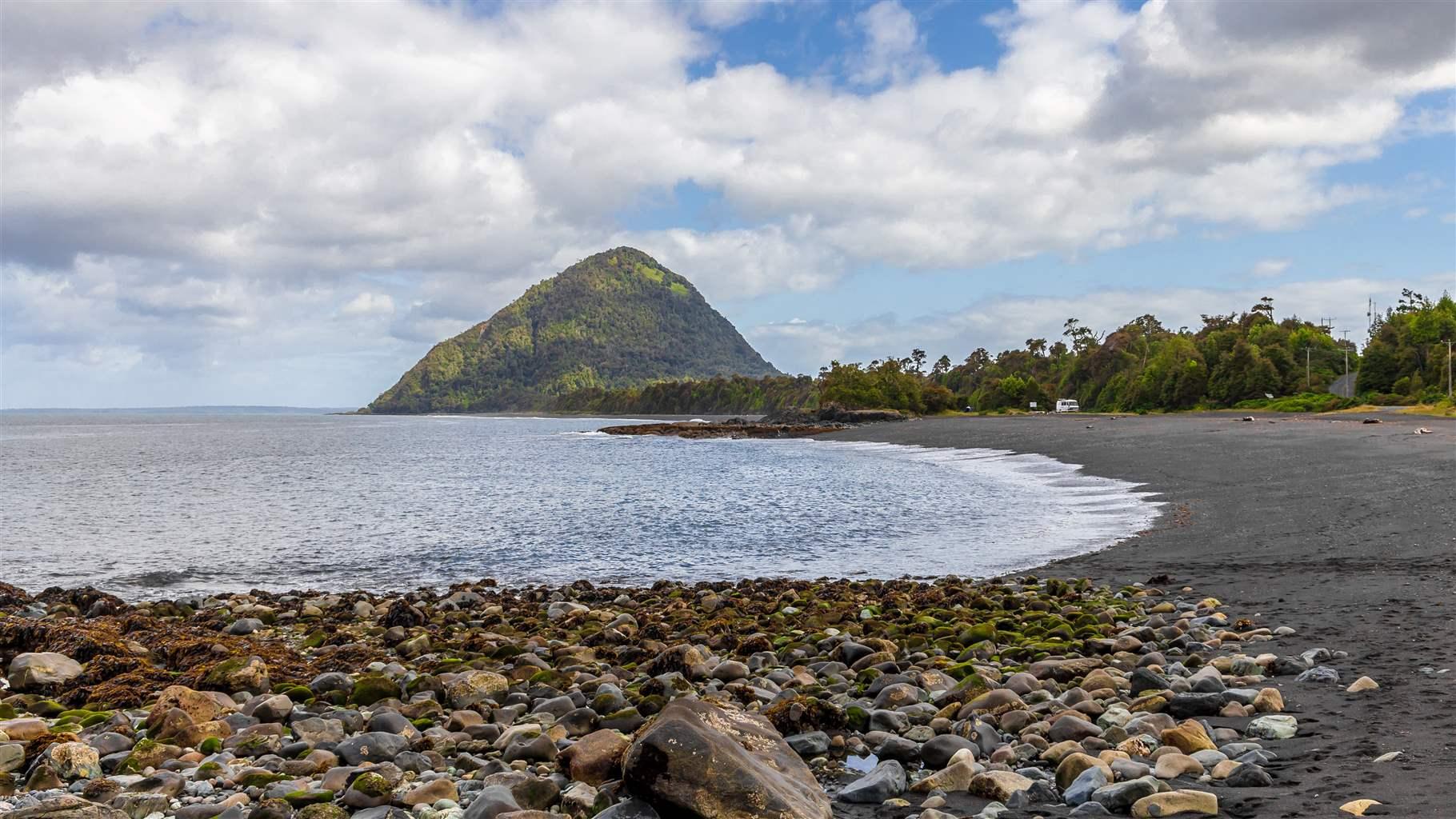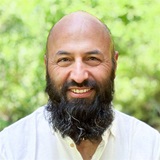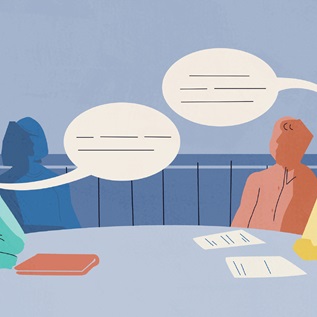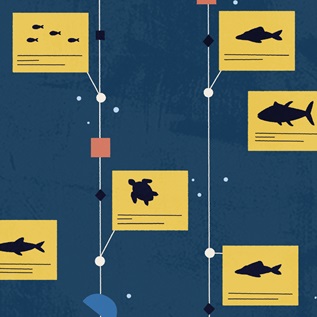In Chile, Indigenous Management of Coastal Areas Improves Marine Conservation
Federal government’s use of 2008 law also helps native communities carry on cultural traditions

Throughout Chile, Indigenous communities carry on traditions of hunting, fishing, ceremony, and other activities that their ancestors had practiced for centuries. To help ensure current and future generations within these communities could continue to live as their forebears did, the Chilean government in 2008 created a category of protected areas called Native Peoples’ Marine Coastal Spaces, known by the Spanish abbreviation ECMPOs. These are coastal and marine areas designated by the government’s Undersecretary of Fisheries and Aquaculture (SUBPESCA) and loaned to Indigenous groups to use and administer.
This designation also includes a conservation dimension. Specifically, the law creating ECMPOs states, “The administration of the coastal marine space of native peoples must ensure the conservation of natural resources within it and promote the welfare of communities, according to an administration plan.” ECMPOs thus contribute to the protection of coastal marine ecosystems by combining Indigenous peoples’ rights over the sea and coast with the use and protection of natural resources.
Also, unlike with some other categories of conservation areas, protection of an ECMPO kicks in promptly once SUBPESCA accepts the application for the ECMPO; from that point pending applications—such as those for maritime concessions for the aquaculture industry—cannot move forward.
The Pew Charitable Trusts has been working to help establish and support more community-based efforts, in Chile and elsewhere. For example, in Australia, through the Country Needs People partnership of over 40 Aboriginal land and sea management groups, Pew has supported the rapid growth of an Indigenous Protected Areas network over the past 10 years.
In Chile, through partners such as the Patagonia Mar y Tierra working group and the Austral Patagonia program of the Universidad Austral de Chile, Pew helps provide communities such as Chaitén and Guafo the technical support necessary to achieve creation of ECMPOs. These partners helped draft the applications for two marine protected areas in and around Guafo and Chaitén; those applications were accepted in January and June, respectively.
By establishing respectful and more equitable relationships with native peoples, the Chilean government can both help those communities thrive and advance marine conservation across the country’s expansive coastal and ocean territory.
Francisco Solís Germani directs The Pew Charitable Trusts’ work in Chile’s Patagonia region.












